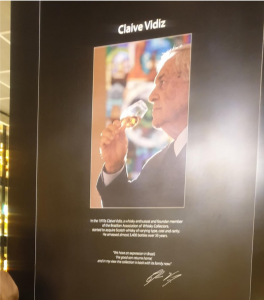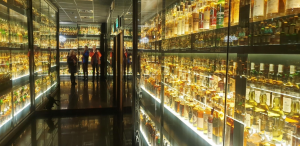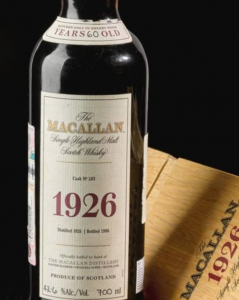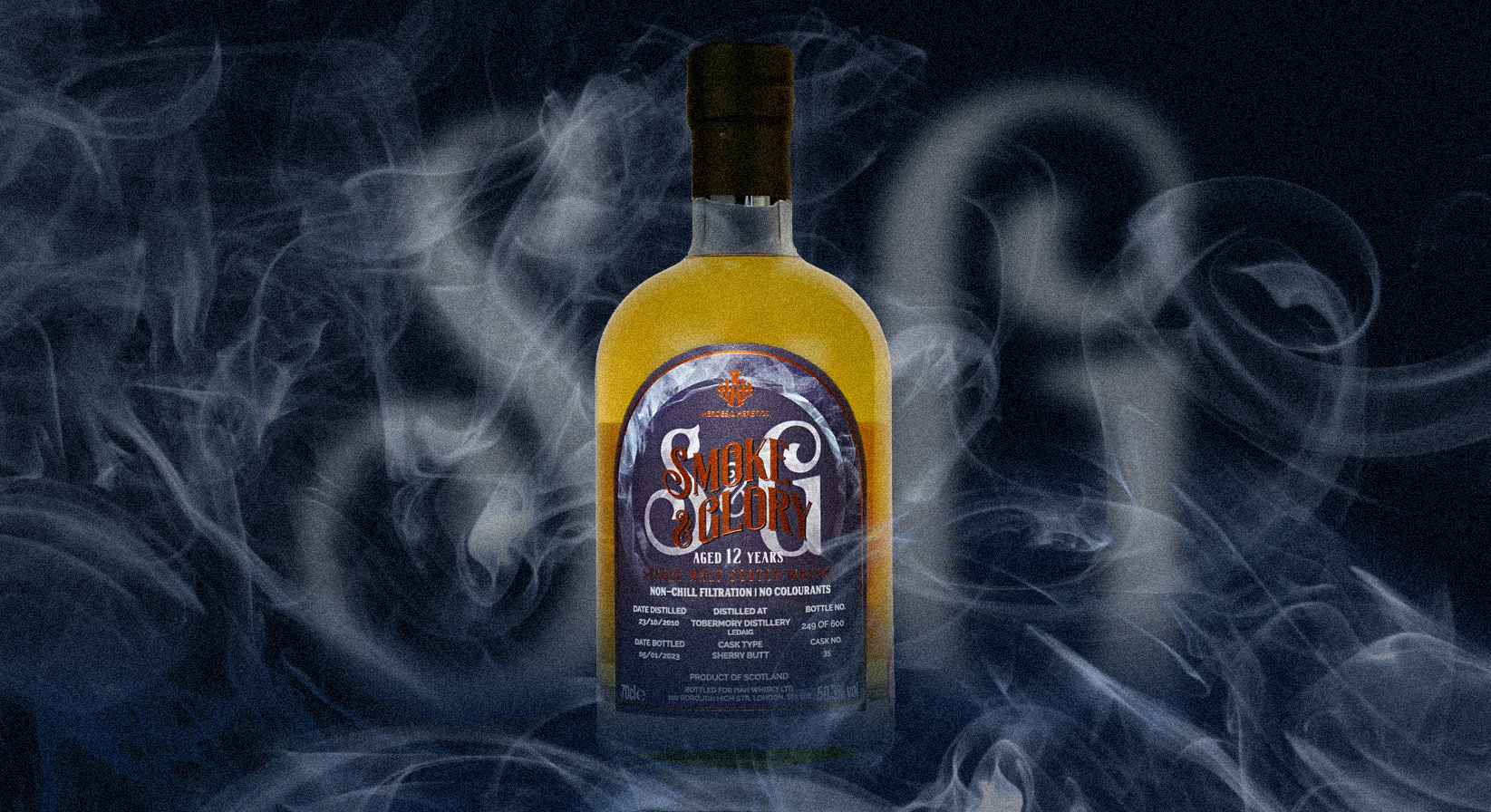The joys of researching into Whisky is the chance to explore more and constantly be surprised. Imagine being given 6 bottles of rare Whisky while living in Brazil in 1976. Imagine not opening or drinking them, but deciding to start a collection. Like most collectors of rare and exotic items, it becomes an obsession. The collection became the most extensive private Scotch Whisky collection in the world.

When I walked in and saw it for the first time my jaw dropped. To see it is to get lost in its fascinating diversity. What a feeling to see this and be so lucky to enjoy tasting whisky amongst these bottles. The 3,384 bottles were amassed by Brazilian businessman, Claive Vidiz.
Claive Vidiz was dedicated to collecting as many Scotch whisky bottlings as humanly possible, from the ultra-rare to the everyday dram. Now owned by drinks giant Diageo and on display for all to see at Edinburgh’s Scotch Whisky Experience, the collection has become famous among whisky lovers worldwide. More than 1.5 million people have visited the Diageo Claive Vidiz Collection since it first went on display in the Scotch Whisky Experience on the Royal Mile in 2009.

For a long time, Claive Vidiz’s Scotch whisky collection was touted in publicity, inaccurately, as the largest in the world. This did his collection something of a disservice, though, for there are many notably large collections of whisky in the world. Once you get above a few thousand bottles, they are all somewhat overwhelming to behold when displayed.
Vidiz’s collection, though, is unique in that it covers such a broad canvas of brands, blends, vattings and single malts over a vast stretch of decades. It is an impression of the whisky industry from the early 1970s to the turn of the millennium. He has worked for several decades in pharmaceuticals, which took him on trips to the UK and the US. He often enjoyed drinking whisky and would bring bottles home from his trips abroad. But it wasn’t until a visit from a Scottish colleague with six bottles of Islay malt whiskies in the 1970s that Vidiz became fascinated with Scotch, and the diversity of its flavours and brands.
One of the most unique aspects of this collection was Claive’s desire to collect as wide a range of whisky as possible, from the most accessible to the rarest, including eccentric and unusual items. Having been preserved in its entirety we have an invaluable insight into the recent history and branding of Scotch whisky; a unique snapshot of 35 years of the Scotch whisky industry.
At first viewing, the collection is displayed in a somewhat disparate fashion. I glanced around the shelves and get caught out by random rarities shining out amid the more common blends. It’s a particularly special, and rare, collection that enables you to feast your eyes on a spring cap 1950s Lagavulin one minute and be perusing a historical selection of Whyte & Mackay blends the next.
Looking at the collection today, the split is about 70% blends, 30% malts. Vidiz admits that in the beginning, he was collecting everything he could get his hands on. Over time, however, he slowed down and focused more on special and rare bottles that would enhance the collection. Hiding amongst the collection are some unusual bottlings like two Scottie dogs, monks, a bull, books, golf bags, golf balls, a seal, an eagle and many more – all containing Scotch whisky.
I was nearly tempted to buy a rare bottle at the shop. It was a 50-year-old Fettercairn – a mere £25,000 – a snip compared to some of the really rare bottles.

One of the rarest bottles is a Buchanan’s whisky dating back to 1897. My favourite selections from the Diageo Claive Vidiz Whisky Collection include:
Lagavulin 12 Years Old
Proprietary bottling. Spring cap. Bottled circa 1960. This is one of the very few remaining bottles of official Lagavulin with a spring cap still known to exist. An extremely rare and historic bottling that sends chills down any serious whisky lover’s spine.
Highland Park 12 Years Old
Proprietary ‘St Magnus’ label bottling from the 1940s. Another extremely rare, early official Highland Park bottling. Again, there are exceptionally few of these still known to exist. One was opened on Orkney last year and proved to contain a remarkably peaty and historic style of Highland Park.
Laphroaig 10 Years Old
Proprietary bottling for the UK market. Short cap, bottled 1960s. Everyone raves about the Bonfanti and Filippi Fausto Laphroaigs for Italy, or the Elsbach imports for the US from around this time. However, even rarer are the official examples bottled for the domestic market. For Laphroaig lovers this is serious, ‘hen’s teeth’ stuff.
Glen Grant 1950 22 Years Old
For the US. One of several extremely scarce early Glen Grant bottlings for overseas markets. This was produced by a long-closed Glasgow company using the same famous ‘Highland Glen’ label that appears on so many Glen Grants. A great example of why for years Glen Grant was the distillery in the eyes of serious whisky enthusiasts around the world.
Bruichladdich NAS
Proprietary bottling. Bottled 1960s. A beautiful and exceptionally rare early official bottling of Bruichladdich without an age statement. Again, only a smattering of these are known to exist. A bottling that likely contains whisky produced before the distillery ceased peating its malt in 1960.

A very rare bottle of Scotch whisky hit the headlines recently after it was sold for a world record £1.45m at auction in London. The Macallan 1926 60-year-old single malt from cask number 263 had been described by Sotheby’s as the holy grail of whisky. At more than £50,000 a dram, you might expect it to taste spectacular.
The Spanish oak sherry cask was distilled in 1926 and bottled in 1986 and only 40 bottles were produced. Macallan commissioned pop artists Peter Blake and Valerio Adami to design labels for a limited edition of 24 bottles – 12 Adami and 12 Blake. One bottle was hand-painted by Irish artist Michael Dillon. The rest of the bottles form part of The Macallan Fine and Rare Collection, which includes the Macallan 1926.
Experts believe at least one of the bottles has been consumed. What a shame!



You must be logged in to post a comment.